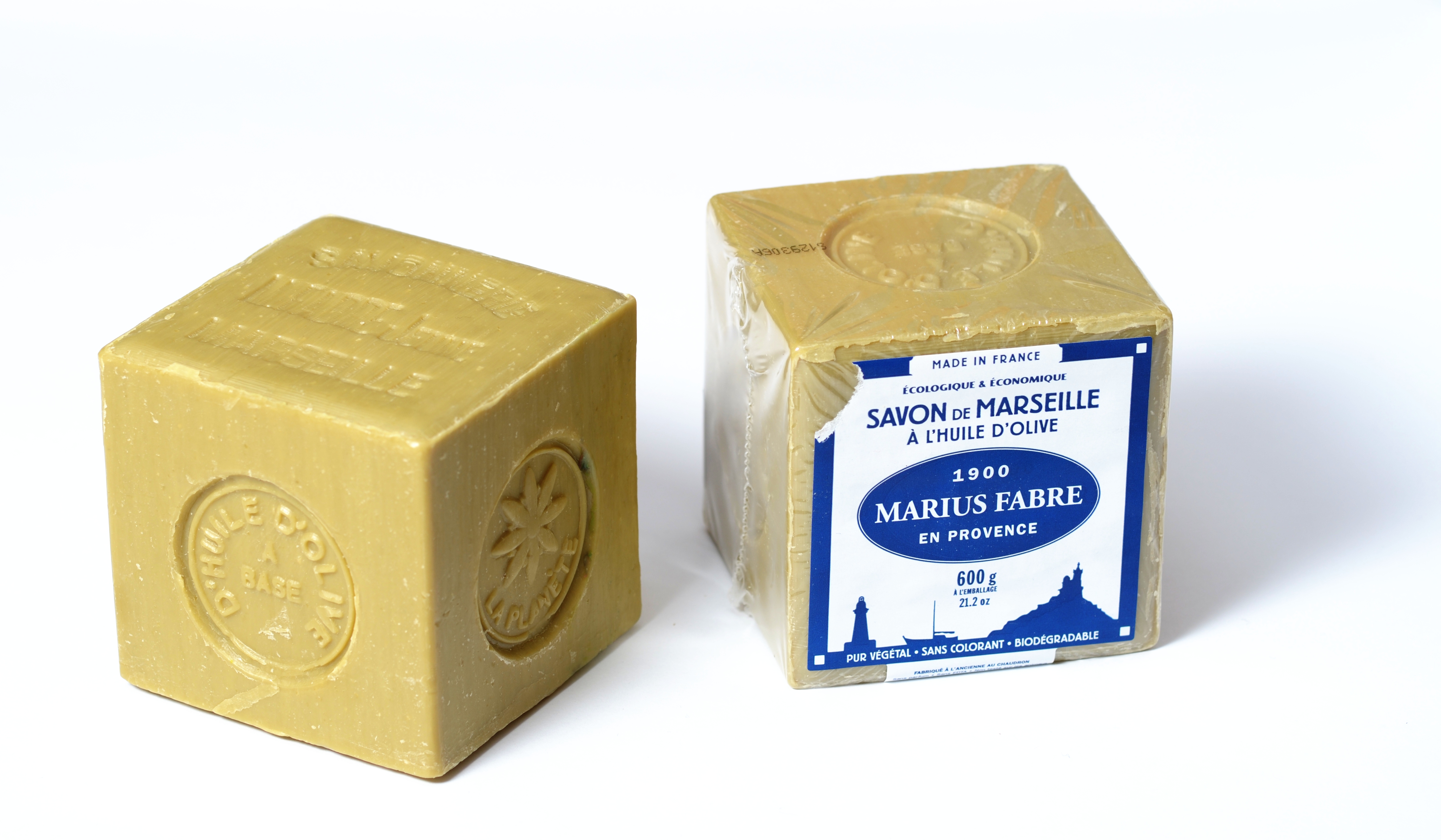Marseille soap on:
[Wikipedia]
[Google]
[Amazon]
 Marseille soap or ''Savon de Marseille'' () is a traditional hard soap made from
Marseille soap or ''Savon de Marseille'' () is a traditional hard soap made from
 Marseille soap or ''Savon de Marseille'' () is a traditional hard soap made from
Marseille soap or ''Savon de Marseille'' () is a traditional hard soap made from vegetable oils
Vegetable oils, or vegetable fats, are oils extracted from seeds or from other parts of fruits. Like animal fats, vegetable fats are ''mixtures'' of triglycerides. Soybean oil, grape seed oil, and cocoa butter are examples of seed oils, or f ...
that has been produced around Marseille
Marseille ( , , ; also spelled in English as Marseilles; oc, Marselha ) is the prefecture of the French department of Bouches-du-Rhône and capital of the Provence-Alpes-Côte d'Azur region. Situated in the camargue region of southern Fra ...
, France
France (), officially the French Republic ( ), is a country primarily located in Western Europe. It also comprises of overseas regions and territories in the Americas and the Atlantic, Pacific and Indian Oceans. Its metropolitan area ...
, for about 600 years. The first documented soapmaker was recorded there in about 1370. By 1688, Louis XIV
, house = Bourbon
, father = Louis XIII
, mother = Anne of Austria
, birth_date =
, birth_place = Château de Saint-Germain-en-Laye, Saint-Germain-en-Laye, France
, death_date =
, death_place = Palace of Ver ...
introduced regulations in the '' Edict of Colbert'' limiting the use of the name ''savon de Marseille'' to olive oil based soaps. The law has since been amended to allow other vegetable oils to be used.
By 1913, production had reached 180,000 tons. Thus, in 1924, there were 132 soapmaking companies in the Marseille and Salon-de-Provence areas combined. However, by 2000, there were only five remaining.
Production
Traditionally, the soap is made by mixing sea water from theMediterranean Sea
The Mediterranean Sea is a sea connected to the Atlantic Ocean, surrounded by the Mediterranean Basin and almost completely enclosed by land: on the north by Western and Southern Europe and Anatolia, on the south by North Africa, and on the ...
, olive oil, and the alkaline ash from sea plants together in a large cauldron (usually making about 8 tons). This mixture is then heated for several days while being stirred continuously. The mixture is allowed to sit until ready and is then poured into a mold and allowed to set slightly. While still soft it is cut into bars, stamped, and left to completely harden. The whole process can take up to a month.
Today
Today there are two main types of Marseille soap, a greenish-hued variety made with added colour and a white one made of olive oil, or a palm and coconut oil mixture. Originally sold only in 5 kg and 20 kg blocks, today they come in sizes between 300 g and 1 kg, though larger sizes are often available, some up to 40 kg. Marseille soap is frequently used for domestic cleaning, including hand-washing of delicate garments such as those made of wool or silk. In its liquid form it is commonly sold as a hand soap. It can also be used in agriculture as a pesticide.See also
* Aleppo soap *Azul e branco soap
Azul e branco (''blue and white''), also known as sabão Offenbach (''Offenbach soap'') or sabão macaco (''monkey soap''), is a type of soap used in Portugal. It is comparable to household soap, but has a rugged texture, bulky shape, lack of odor ...
* Castile soap
* Hot process
* Moroccan black soap
*Nabulsi soap
Nabulsi soap ( ar, صابون نابلسي, ''ṣābūn Nābulsi'') is a type of castile soap produced only in Nablus in the West Bank, Palestine. Its chief ingredients are virgin olive oil (the main agricultural product of the region), water, an ...
References
{{reflist Soaps Culture of Marseille